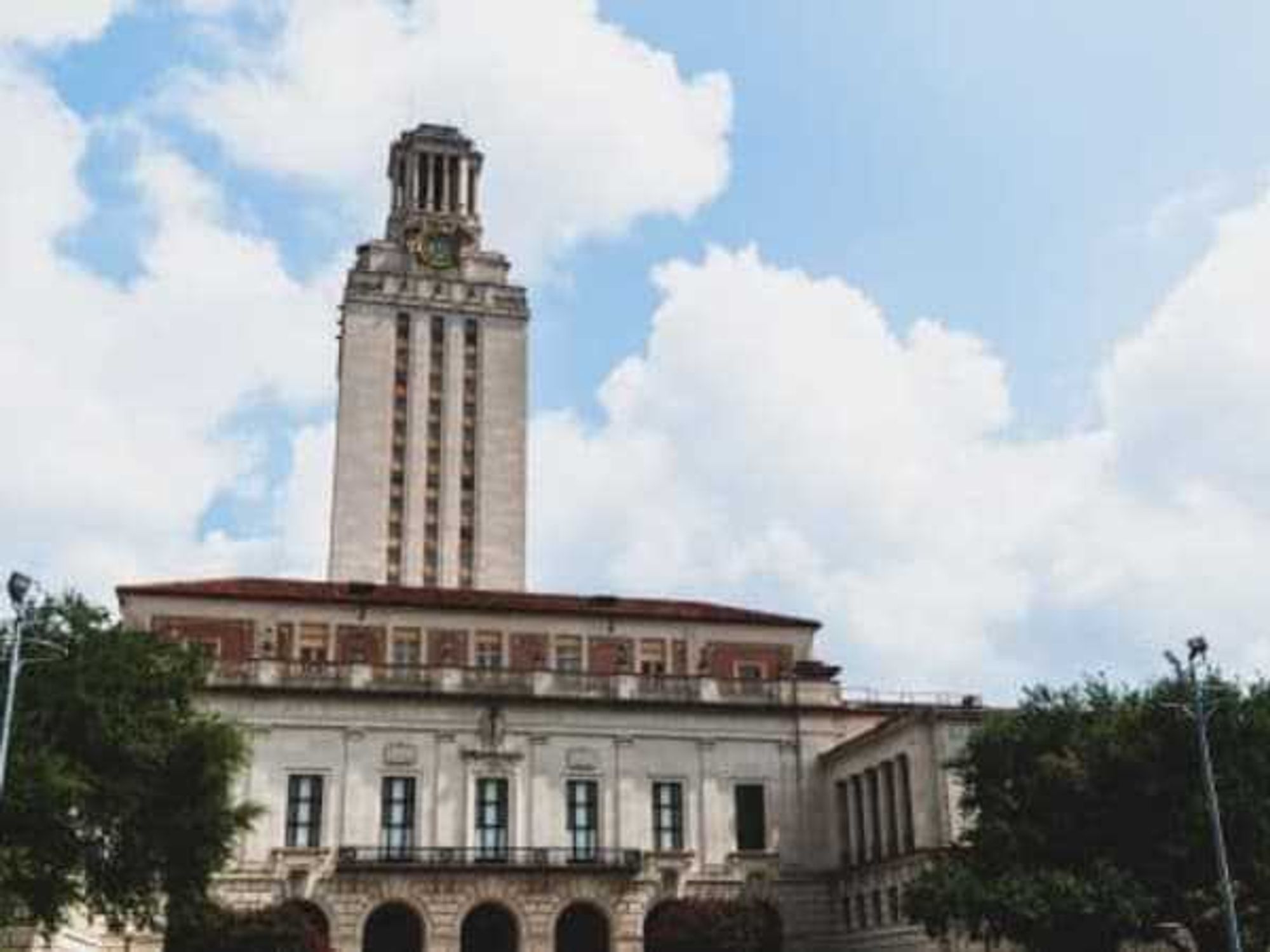economic boomtown
Prosperous Austin soars onto list of best economic boomtowns in America

Austin is the No. 5 best economic boomtown in America.
Austin's booming prosperity has earned the city an impressive ranking of No. 5 in a new list analyzing the best U.S. cities for economic growth.
The new study, "America's Boomtowns: Top Cities for Economic Growth," from flexible workspace listing provider CoworkingCafe, ranked America's boomtowns based on population growth, GDP, employment rates, and other economic factors. The top cities were divided into three categories: small cities (populations under 250,000); mid-sized cities (populations between 250,000 and 500,00); and large cities (populations over 500,000).
Austin earned a score of 59.9 points in the large city category, tying with Fresno, California, to claim the No. 5 spot.
Mesa, Arizona, climbed through the ranks to become the No. 1 best economic boomtown in America, earning a score of 66 points, followed closely behind by Fort Worth (No. 2). Rounding out the top five were Phoenix, Arizona (No. 3), and Sacramento, California (No. 4).
According to the report, Austin's economic successes can be attributed to a steady increase in housing, and an attraction of major businesses and employers. The Texas Capital experienced the greatest shifts in business applications, with a 41 percent growth rate from 2018 to 2022. Median earnings among residents rose 32 percent within the five-year span.
CoworkingCafe also found Austin's GDP grew by 46 percent from 2018 to 2022, and trade-exports grew 34 percent within the same time period.
Population growth is another major factor that determined Austin's rank, but the report says the city's population only increased one percent from 2018 to 2022. Meanwhile, the city's battle to build more housing resulted in an 11 percent growth in housing units since 2018. Austinites may be surprised to hear these stats sourced from the U.S. Census Bureau, since high population and low inventory have shaped the public consciousness. Note that the report does not differentiate affordable and luxury housing, or what percentage are primary residences.
Here's how the study defined Austin's economic "evolution" from 2018 to 2022:
- 12 percent growth in infrastructure
- 7 percent growth in crime
- 5 percent growth in educational attainment
- 1 percent growth in employment rates
- 1 percent growth in unemployment rates
Fort Worth trailed just two points behind Mesa, Arizona, to claim the title as the second-best economic American boomtown. CoworkingCafe says the city's population grew 7 percent to 957,000 residents in 2022, and the housing sector has grown 11 percent since 2018, the second highest jump in housing across all major cities.
"The rise in housing has not only provided more living spaces but also spurred related economic activities, including construction and real estate development, further contributing to the city’s economic dynamism," the report said.
Dallas ranked just outside the top 10 as the No. 12 large city for economic growth. The report's findings show Dallas struggled to improve its housing sector from 2018 to 2022, only growing by 3 percent. The employment rates during the five-year period stagnated, as did the city's growth in educational attainment.
However, Dallas did have a higher growth in GDP than neighboring Fort Worth, at 33 percent, and the city's median earnings saw a 30 percent evolution during the same time period. Dallas matched Fort Worth's growth in trade-exports and infrastructure.
Landing within the top 25 best large economic boomtowns were El Paso (No. 16) and San Antonio (No. 23).
In the category for the best mid-size cities for economic growth, six Texas cities ranked outside the top 10: Laredo (No. 11), Irving (No. 14), Lubbock (No. 24), Arlington (No. 26), Corpus Christi (No. 31), and Plano (No. 35).
The Dallas-Fort Worth suburb of Lewisville landed inside the top 10 in the nationwide category for cities with populations under 250,000, coming in at No. 9. Additional top small cities in the top 25 include Round Rock (No. 15), Abilene (No. 18), Denton (No. 19), Frisco (No. 23), Waco (No. 24), and McKinney (No. 25).
- No. 1 – Mesa, Arizona
- No. 2 – Fort Worth, Texas
- No. 3 – Phoenix, Arizona
- No. 4 – Sacramento, California
- No. 5 – Austin, Texas and Fresno, California (tied)
- No. 6 – Indianapolis, Indiana
- No. 7 – Charlotte, North Carolina
- No. 8 – Philadelphia, Pennsylvania
- No. 9 – Kansas City, Missouri
- No. 10 – Columbus, Ohio
